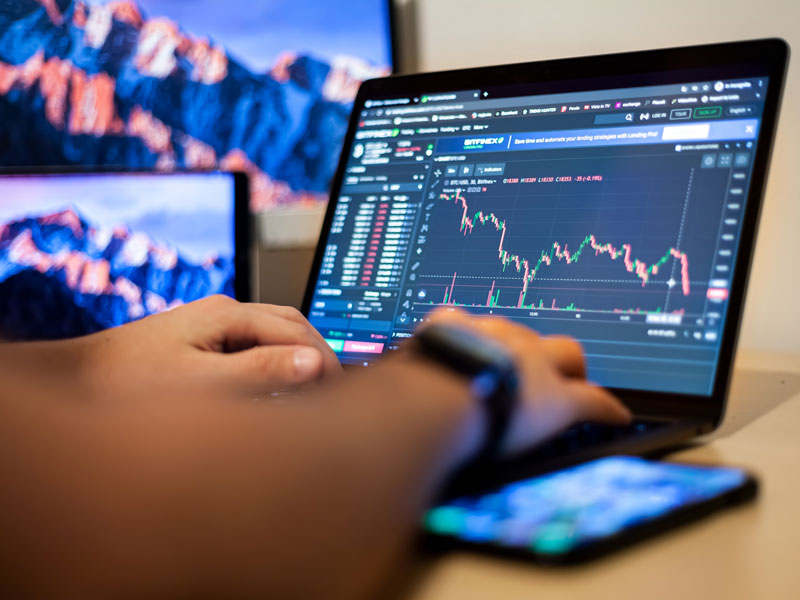
Understanding the Basics of Forex Trading
Forex trading, or foreign exchange trading, refers to the global marketplace for buying and selling currencies. This dynamic market operates 24 hours a day, five days a week, enabling traders to capitalize on currency fluctuations around the world. For those looking to dive into Forex trading, it is crucial to grasp the fundamentals. In this article, we will explore the essential concepts and strategies, serving as your comprehensive guide [for more information, check this resource: forex trading basics https://forex-level.com/].
What is Forex Trading?
The Forex market is the largest and most liquid financial market in the world, with a daily trading volume exceeding $6 trillion. It involves the exchange of one currency for another at a specified price. Traders aim to profit from changes in exchange rates, which fluctuate based on economic indicators, political events, market sentiment, and a variety of other factors.
Understanding Currency Pairs
In Forex trading, currencies are always quoted in pairs. This means that when you are trading, you are buying one currency while simultaneously selling another. Currency pairs are categorized into three types:
- Major pairs: These include the most traded currencies, like EUR/USD, USD/JPY, and GBP/USD.
- Minor pairs: Involve less traded currencies, such as EUR/GBP or AUD/NZD.
- Exotic pairs: These are combinations of a major currency and a currency from an emerging economy, like USD/SEK or EUR/TRY.
How to Read Quotes
Each currency pair has two prices: the bid and the ask price. The bid price is the amount a trader is willing to pay for a currency, while the ask price is the amount a seller desires. The difference between these two prices is called the spread. Understanding how to read these quotes is essential for executing trades effectively.
Developing a Trading Plan

Before you start trading, it is essential to have a well-defined trading plan. This should include:
- Trading goals: Are you looking for short-term gains or long-term investment?
- Risk management: Determine how much you are willing to risk on each trade and set stop-loss orders accordingly.
- Strategies: Decide on your trading strategy, whether it be scalping, day trading, swing trading, or position trading.
Risk Management in Forex Trading
Forex trading carries significant risk due to the volatility of currency pairs. Effective risk management strategies can help mitigate potential losses. Here are some vital risk management practices:
- Use of stop-loss orders: This feature automatically closes your position at a specific price to limit losses.
- Position sizing: Determine your position size based on your account balance and risk tolerance.
- Diversification: Avoid putting all your capital into a single trade or instrument; diversify your portfolio to reduce risk.
An Overview of Technical Analysis
Technical analysis involves analyzing historical price data and using various indicators to predict future price movements. Common technical indicators include:
- Moving averages: Help smooth out price action and identify trends.
- Relative Strength Index (RSI): Measures the speed and change of price movements, indicating overbought or oversold conditions.
- Fibonacci retracement levels: Identify potential reversal levels based on the Fibonacci sequence.
Fundamental Analysis in Forex Trading
Fundamental analysis focuses on economic indicators, news events, and geopolitical factors that influence currency values. Key indicators to consider include:

- Interest rates: Higher interest rates typically attract foreign capital, leading to an appreciation of the currency.
- Economic data releases: Reports such as GDP growth, employment figures, and inflation rates can significantly impact currency valuations.
- Political stability: A stable political environment often correlates with stronger currencies.
Choosing a Forex Broker
Your choice of a Forex broker can significantly impact your trading experience. Consider the following factors when selecting a broker:
- Regulation: Ensure the broker is regulated by a reputable financial authority.
- Trading platforms: Look for user-friendly platforms that suit your trading style.
- Spreads and commissions: Compare fees and commissions, as lower costs can improve profitability.
The Importance of Practice
Before diving into live trading, it’s advisable to practice on a demo account. Most brokers offer demo accounts that allow you to trade in a risk-free environment, using virtual funds. This helps you get familiar with the trading platform and test your strategies without any financial risk.
Staying Informed
Forex trading is influenced by numerous factors, and staying informed is crucial. Follow economic news, subscribe to reputable trading blogs, and engage in trading communities. This will help you to remain updated on market trends and improve your trading decisions.
Conclusion
Forex trading can be an exciting and potentially profitable venture for those willing to invest the time to learn the essentials. From understanding currency pairs to developing effective strategies and risk management protocols, a solid foundation is key to thriving in the Forex market. Remember, continuous learning and adaptation are central to becoming a successful Forex trader.

Leave A Comment